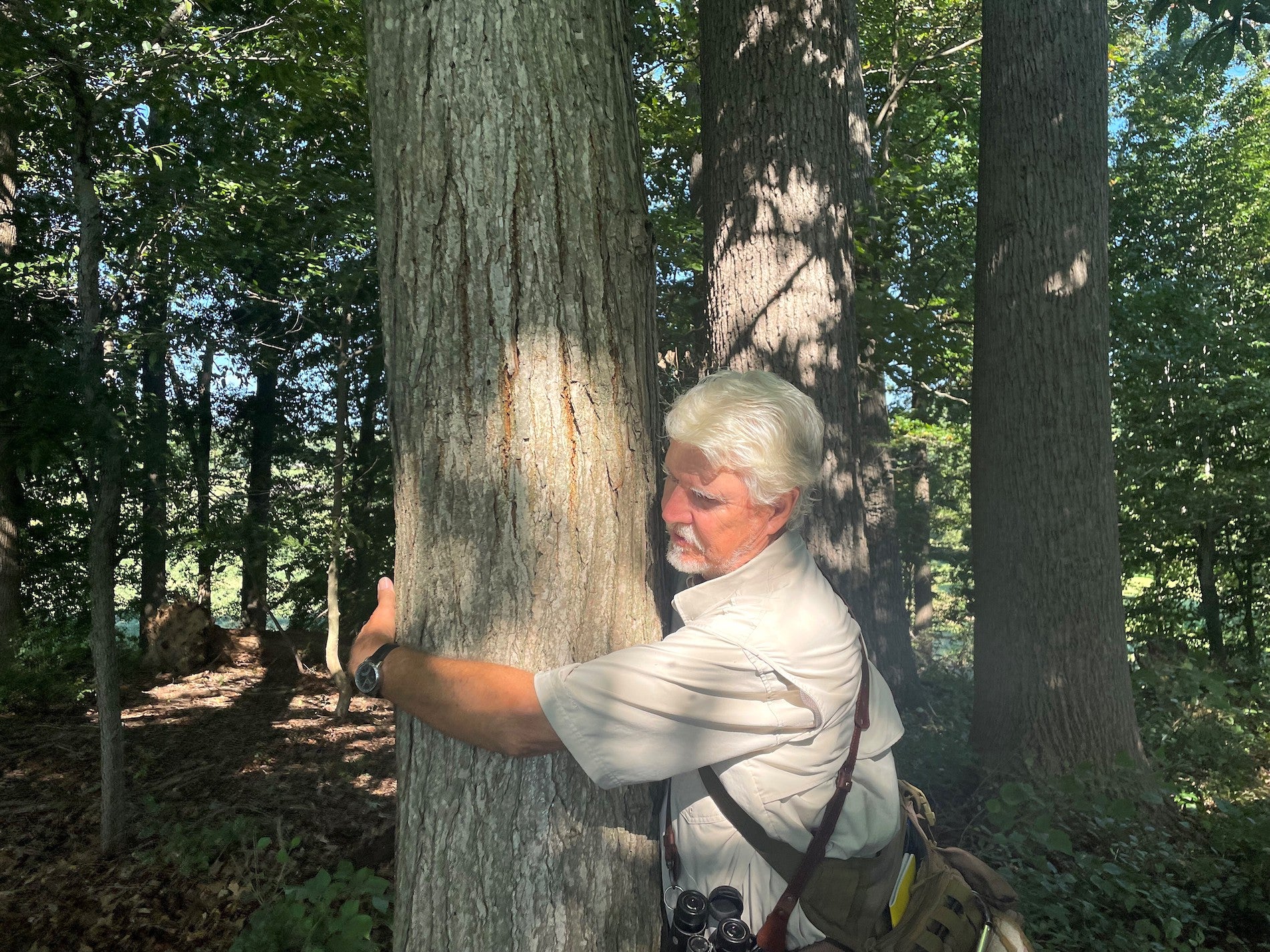I believe the hybrid of the American elm w/ Russian elm, should be labelled disease resistant, another tree that I'm interested in trying (to replace dead ash stands is the hybrid American Chestnut, this is sort of like a black locust in wood density but it wont die out like locust nor will it spring out in patches from root structure like locust (which makes it invasive in many area's)I haven't been able to find much information about this. Is there a specific link or page you have in mind?
great video for American chestnuts


